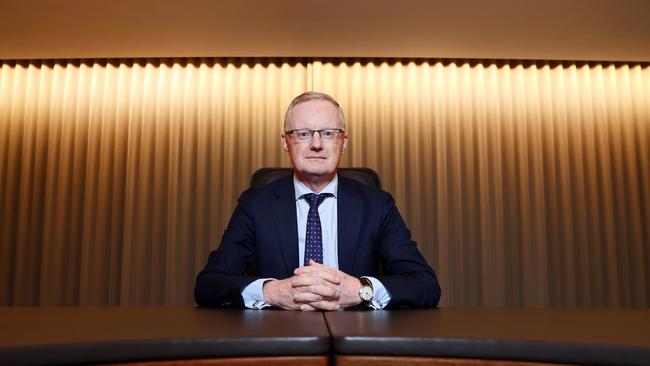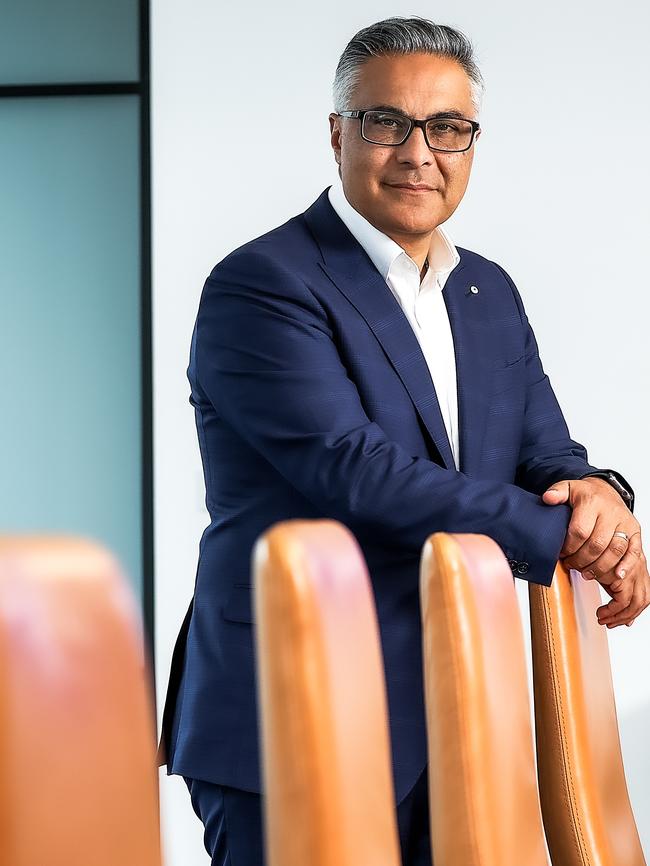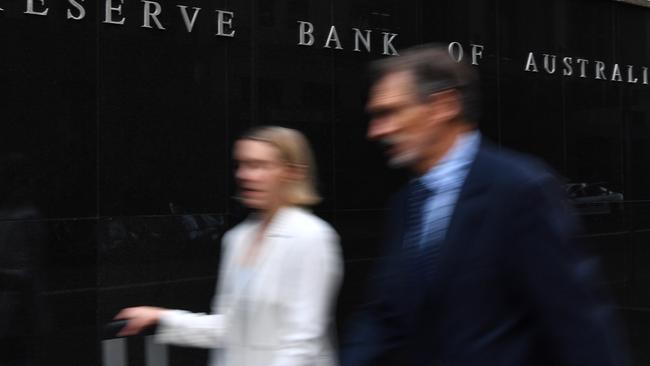
The first in 1975 where prices at the petrol pump jumped 25 per cent through the year, which brought to a screeching halt the two-door version of the muscle car.
A second shock in 1979 that saw a near 50 per cent jump in petrol prices was enough to sound the death knell for the thirsty V8.
Australia has just seen petrol pump prices run up 45 per cent from a low in mid-2020 to the end of last year, enough of a shock for the economy.
Australians spend on average $2300 a year on petrol and changes to this can be a big factor in discretionary household spending. The price of fuel is a big input into whether inflation is breaking out more broadly through the economy and this can influence whether we need to put on the brakes.

Based on Tuesday’s CPI numbers it is – in a big way. Inflation increased 3.5 per cent last calendar year, shooting above the RBA’s 2-3 per cent target band and much of the driver behind this was a jump in fuel costs.
Price rises are washing through all corners of the economy and consumers can little afford to pay more. The cost of meat is up 1.4 per cent in the December quarter, dairy products 1.7 per cent. A labour squeeze has seen restaurant prices rise 2.8 per cent over six months, takeaway food is up 2.5 per cent over the same period, the CPI figures show.
Shipping delays and freight shortages are pushing up clothing costs (up 2.6 per cent), even the cost of hiring a tradie is up 2.4 per cent in the December quarter.
But the Reserve Bank, which sets interest rates through the economy, needs to hold its nerve over these price rises.
Australia has a supply problem, not a demand problem and now is not the time to push through even higher prices or slow down the economy on the mend.
At the end of last year the RBA said it saw little in its modelling that required an interest rate rise during 2022. After Tuesday’s numbers, interest rate markets are betting on a rate rise as early as May. Market economists – including Westpac’s influential chief economist Bill Evans – have in recent days rushed to bring forward their tip that a cycle of interest rates will start from August.
Latitude Financial Services chief executive and career banker Ahmed Fahour for one points out that the Reserve Bank will now be deeply worried about the relative cost of money if the US Federal Reserve hikes rates as expected in March. This will be a big factor in weighing up near term rate hikes as Australia sooner than later, but he for one doesn’t think the economy is ready.
“There’s absolutely no justification for an Australian rate rise,” Fahour tells this column.
Already summer’s Omicron breakout has battered business confidence which on the latest reading from the NAB business confidence index had the third biggest fall on record during December. The index on confidence (a forward indicator of investment) is sitting at a 19-month low where Australia was just emerging from its first Covid wave.
A looming Federal election by May will at the margins prompt some businesses to hold off on spending decisions until Canberra’s policy landscape becomes clearer.

Fahour points out retail demand has been hit by Covid over summer, just as it was recovering through November.
“The number one criteria that the RBA has said that they’re focused on is not general inflation, they’re concentrating on wage inflation,” Fahour says.
“And there is no data to suggest across the economy that wage inflation is being driven by long-term demands”.
“There’s a reason why we’ve got wage inflation right now and it is because of the absence of people … there’s a bit of a supply shock, not just on goods, but on people”.
Fahour believes the pressures we are seeing now are transitory, with the reopening of international borders expected to solve the labour issue.
“I’m actually confident that we’re going to have a rebound, I’m confident that we’re not going to have rate rises. And I’m really optimistic about the sort of the recovery, but I’m remaining cautious about our ability to deal with the supply imbalance”.

Fortescue chief executive Elizabeth Gaines says moderate interest-rate rises can be “tolerated” and like most miners she is currently battling a big run up supply-side costs, particularly through the December quarter.
Fortescue’s best measure of unit costs rose 20 per cent largely due to higher diesel prices and a surge in labour rates.
Other miners are also revealing the toll of supply pressures. East coast coal miner Whitehaven in recent days has noted higher diesel prices adding $3 a tonne to costs while Covid-linked labour squeezes added between $1-$2 a tonne.
Gaines says many costs are expected to be transitory, suggesting it would pass as the economy returns to a more normal footing.
Although in the near term she expects labour costs in Western Australia to remain elevated while the border remains closed to the eastern states. But structural issues will keep pushing up energy prices over the decade, which is going to hasten the shift to green energy. That’s not good news for a Monaro comeback.
johnstone@theaustralian.com.au




The demise of the Holden Monaro can be traced to two great oil shocks of the 1970s.